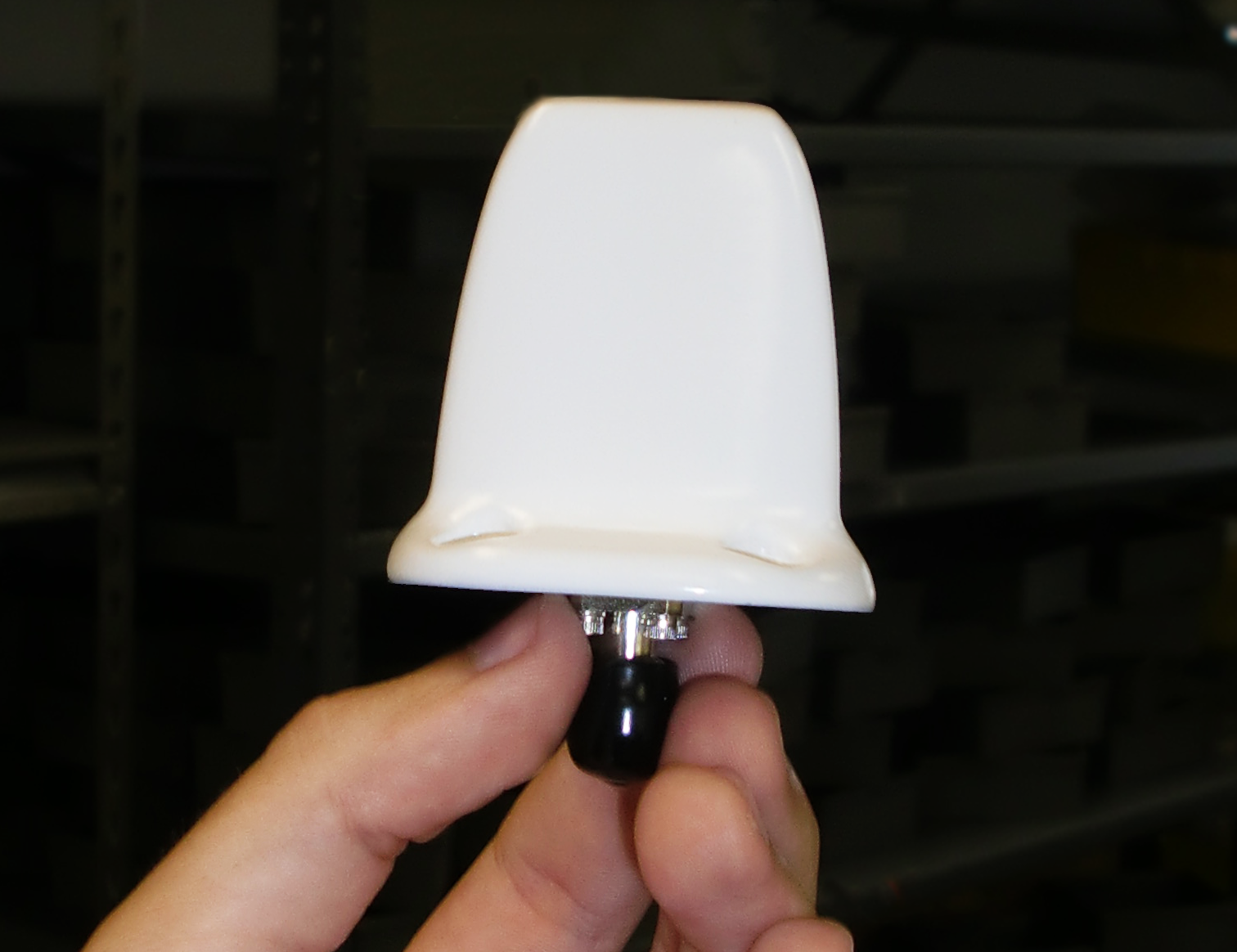
As the phrase suggests, antenna miniaturization is the process of replicating an antenna’s functionality while reducing its physical size.
Over the past several decades, several studies have shown a direct correlation between the size of an antenna and its bandwidth and/or efficiency. Basically, it had been long since believed that the smaller the antenna, the smaller the bandwidth, and the lower the efficiency. In more recent years, however, this idea has become somewhat of a fallacy.
Technological advancements have greatly impacted antenna design, making it possible to miniaturize antennas without sacrificing performance. For example, JEM Engineering’s MBA-0145 is essentially the miniaturized version of the MBA-0127. Both antennas are multi-band (or HexBand) box-type antennas. Size and weight differences aside, the antennas are very similar in specifications.
MBA-0127
1700 – 2200 MHz
MBA-0145
1700 – 2200 MHz
Why miniaturize?
One of the more obvious reasons is that lower profile antennas are easier to conceal and transport. This can be useful in ISR SIGINT/ELINT applications.
While antenna miniaturization has become more doable, there are still some limitations to this process. Just as it takes a combination of keen mechanical design and proficient electrical engineering to successfully miniaturize an antenna, it takes similar expertise to determine whether or not an antenna should be miniaturized or redesigned altogether, given its intended application. A trained team of experts usually performs a feasibility analysis before attempting to miniaturize an antenna.
Latest Posts

An Introduction to Radar Antennas
Radar systems have a wide range of applications, including weather forecasting, traffic control, navigation, automotive systems, and aviation. In military and defense operations, a radar system can be used to detect, track, and identify objects in the air, on land, and at sea.

Honoring African Americans in STEM
February 1 marks the beginning of Black History Month. This year, we celebrate Dr. George Robert Carruthers and Annie Easely.

How Do Seasonal Changes Affect Antenna Performance?
Winter is officially in season! With its onset comes harsher weather conditions and colder temperatures. In this post, we explore how the changing seasons affect antenna performance.

The Role of Antennas in ISR
ISR stands for “intelligence, surveillance and reconnaissance.”
Intelligence is a broad term that refers to information gathering. Surveillance refers to closely observing a target itself, while reconnaissance mostly refers to a preliminary survey of an area to gain information.
